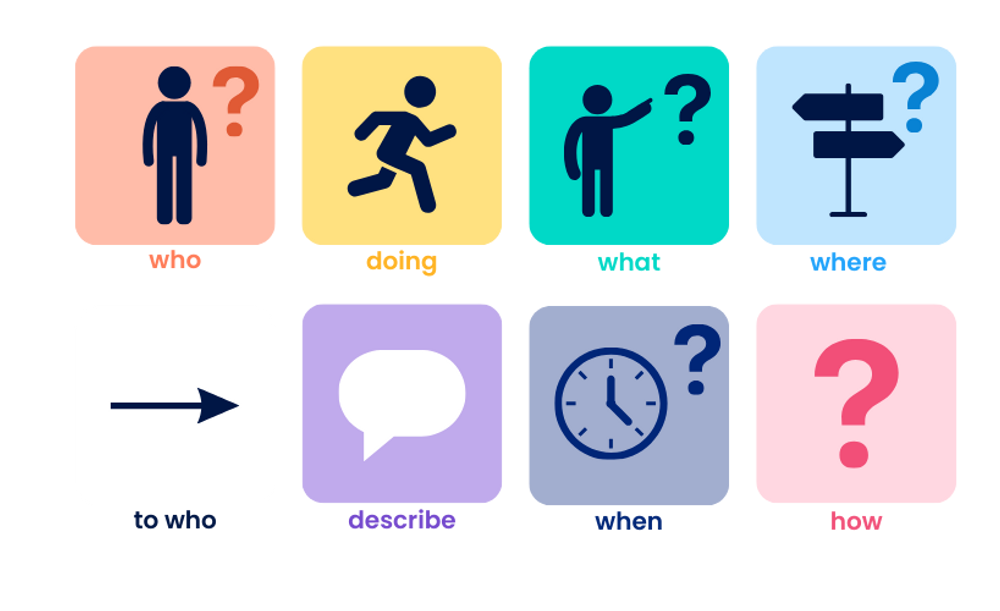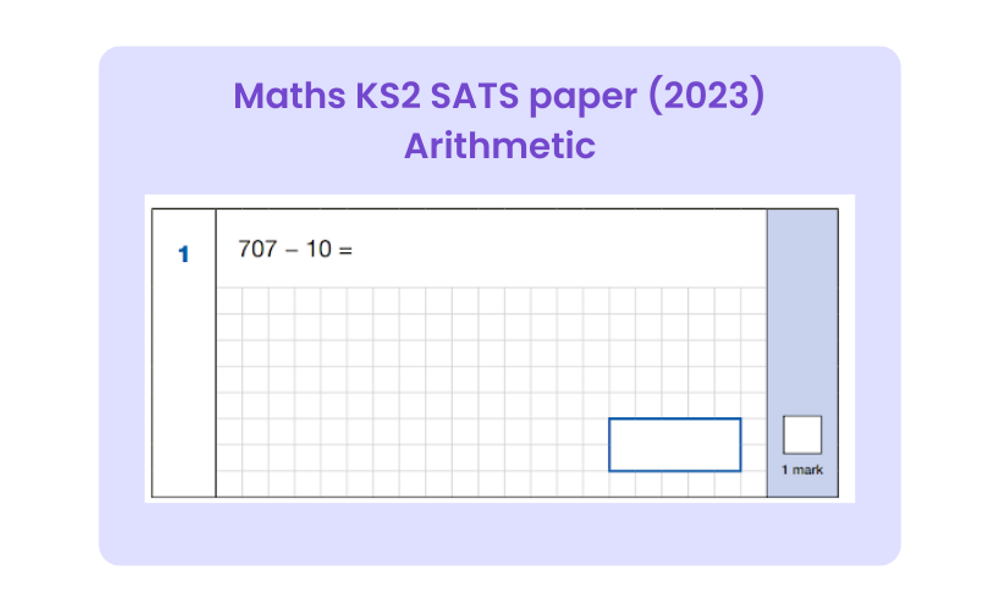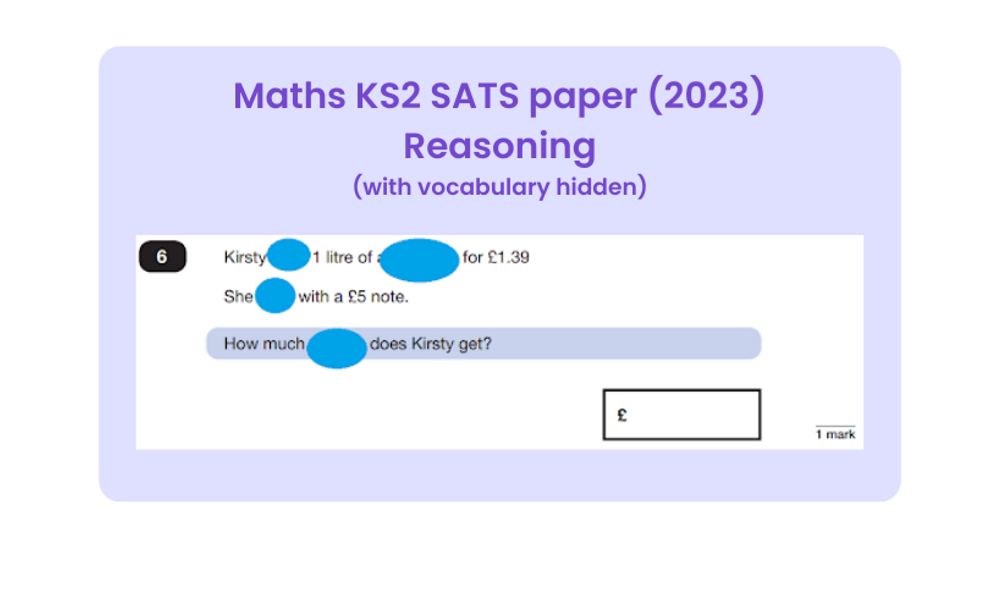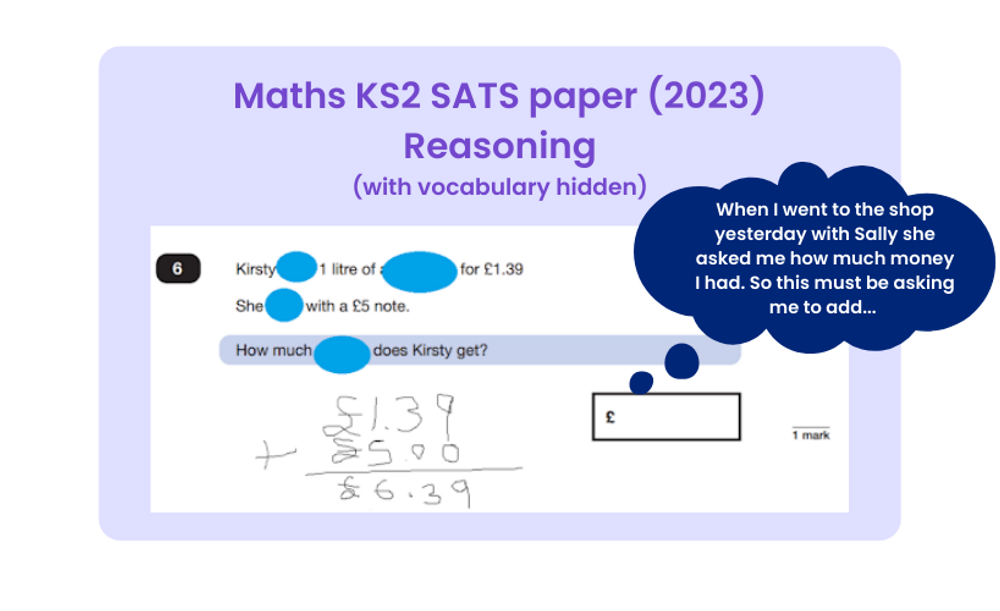There are over 1.6 million EAL students in maintained schools in England as of 2022/23. However, many EAL learners face unique challenges in their academic and social integration, which can impact their overall progress and well-being. In this blog post, we explore how educators can better support EAL students in the classroom and how Bedrock can help.
See the below data showing the percentage of pupils whose first language is known or believed to be other than English in England from 2015/16 to 2022/23:

Statista.com
Does a stigma exist around EAL learners?
Have you ever heard the phrase, "We are quite lucky, we only have 5% EAL learners at our school.”, or something similar?
EAL learners frequently arrive at school mid-way through the academic year, making it challenging for them to integrate socially and academically into the classroom. Teachers play a critical role in ensuring that the learner feels comfortable by pairing them with a buddy, checking in with them regularly, and adapting teaching resources to suit their language needs. Despite these efforts, misconceptions of EAL learners being viewed through a deficit lens can occur, leading to a lack of confidence and reduced academic potential across all subjects.
According to research by Ilana Umansky, teachers have lower perceptions of the academic skills and knowledge of students classified as EAL learners across all the grade levels and content areas. This labelling has a direct and negative effect on how teachers perceive students’ academic abilities.
Disciplinary literacy and EAL learners
Vocabulary is important in all subjects for EAL students, not just literacy, because it helps them understand the concepts and terminology used in different curriculum contexts. Words can have totally different meanings in different subjects, and EAL learners need additional support to learn the meanings of words and phrases in all subjects.
Let’s look at the word generate:
The meaning of "generate" depends on the context in which it is used. It can refer to the creation of something physical, such as energy, or something abstract, such as an idea or a feeling.
- Teacher: The system can generate 30–100 kilowatt hours of electricity a month
- Parent: Can you generate some enthusiasm for your homework please?
- Friend: Did you generate your team on Football Manager?
When supporting EAL students, the key to ensuring literacy improvement is to encourage students to think visually, in all subjects. This is because images transcend language barriers. More often than not, visualisation aids such as colourful semantics are not used as frequently in lessons outside of English, such as maths where they would be just as impactful.
Colourful Semantics is useful for EAL students because it can help them understand and build sentence structures, enhance vocabulary, improve comprehension, develop sentence structure, and encourage communication through the use of visual aids and colour coding. For example:

Beyond English: why vocabulary is crucial in all subjects
Maths is a subject that a lot of EAL learners look forward to during school because they are finally given the opportunity to apply and understand some of the concepts they learnt in their home country. However, maths assessments and questions rarely focus on arithmetic solutions alone and more often involve complex word problems where learners have to reason their answers. Nevertheless, even if they have the mathematical ability, if they do not have access to the language in the question, they will be despondent in their attempt to answer.


Which question would an EAL learner struggle with?
According to several studies, including Laufer (1989), Hu and Nation (2000), and Schmitt et al. (2011), comprehension requires mastery of approximately 95% to 98% of the words readers encounter in a text. In other words, learners need to know at least 95% of the words in a text to ensure comprehension. Therefore, even if an EAL learner has that mathematical ability to answer, if they can’t comprehend the words they are reading, they will really struggle to reason their answer correctly.

The price of exclusion
When EAL students leave school with little English ability and qualifications, they may face several consequences that can impact their future opportunities and well-being:
- Limited access to higher education and employment: EAL students with low English proficiency and qualifications may struggle to gain admission to universities or secure employment in competitive job markets, limiting their future prospects
- Language and learning loss: EAL students who do not develop strong English language skills during their school years may experience language and learning loss, which can hinder their overall academic progress and social integration.
- Cultural barriers: EAL students' unfamiliarity with the cultural values and belief systems of their school can prohibit them from fully expressing their academic skills and abilities, leading to misunderstandings and unfair expectations.
- Lower academic achievement: Proficiency in English has been found to be a better predictor of educational achievement than EAL status alone. EAL students with weak English language skills may struggle to perform at the same level as their peers, leading to lower academic outcomes.
Enhancing vocabulary through embracing diversity
Help non EAL learners with their multilingualism
EAL learners can share their own language and culture with their classmates, which can help to promote a positive attitude towards multilingualism and diversity. Teachers can pair EAL learners with monolingual students for language exchange activities, such as conversation circles or language games.
Reducing racism in schools
Studies show that racial inequality is one of the biggest barriers to pupils attaining success at school, and racism is deeply embedded in schooling. Teachers can encourage EAL students to share stories, songs, and traditions from their home countries, and can display books and posters in different languages.
Awareness of other languages
EAL learners can encourage their classmates to learn new languages and to appreciate the value of multilingualism. Teachers can use EAL learners' experiences to promote language learning and to challenge monolingual assumptions. For example, teachers can use EAL learners' stories to illustrate the benefits of bilingualism and to encourage their classmates to learn new languages.
How Bedrock supports EAL learners
Developing vocabulary
Bedrock can help EAL learners develop better vocabulary skills through its digital vocabulary curriculum that teaches and tests essential Tier 2, Tier 3 and key grammatical concepts.
Enhancing writing skills across the curriculum
At Bedrock, we offer a complete literacy curriculum that encompasses vocabulary, grammar, disciplinary literacy, and even GCSE-level English content.
Tracking progress
Teachers and senior leaders can track the attainment data of their EAL learners and their progression through the varied reports on offer, whether you want to focus on time spent, progress made or topic completion.
Removing barriers
Bedrock’s content was written in mind to increase learners' cultural capital, helping to remove barriers and provide access to conversations on the playground that ordinarily they wouldn’t have the opportunity to.




